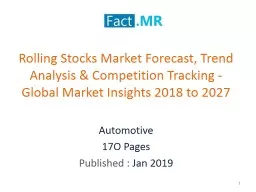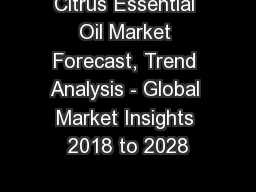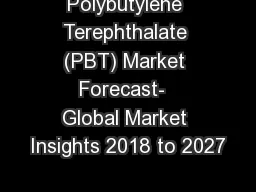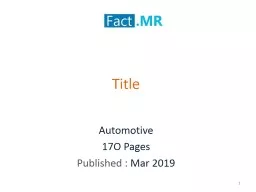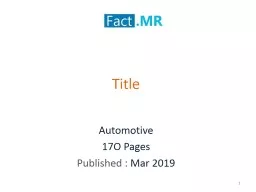PPT-Market Market – Marcatus
Author : queenie | Published Date : 2023-11-03
merchandise trade place where business is conducted Any place where persons assemble for the sale or purchase of commodities intended for satisfying human wants
Presentation Embed Code
Download Presentation
Download Presentation The PPT/PDF document "Market Market – Marcatus" is the property of its rightful owner. Permission is granted to download and print the materials on this website for personal, non-commercial use only, and to display it on your personal computer provided you do not modify the materials and that you retain all copyright notices contained in the materials. By downloading content from our website, you accept the terms of this agreement.
Market Market – Marcatus: Transcript
Download Rules Of Document
"Market Market – Marcatus"The content belongs to its owner. You may download and print it for personal use, without modification, and keep all copyright notices. By downloading, you agree to these terms.
Related Documents


